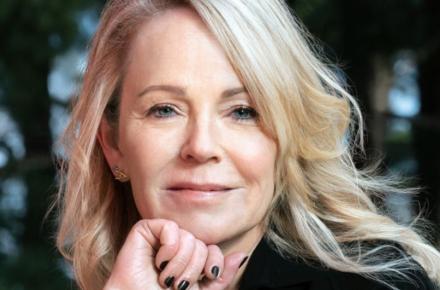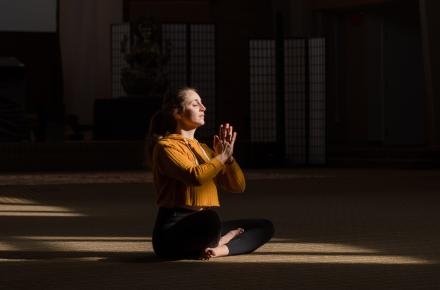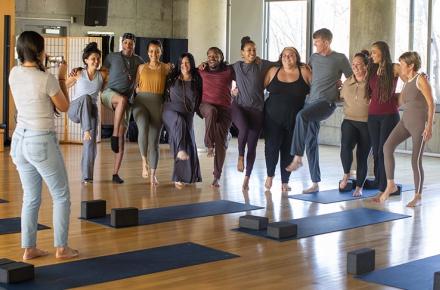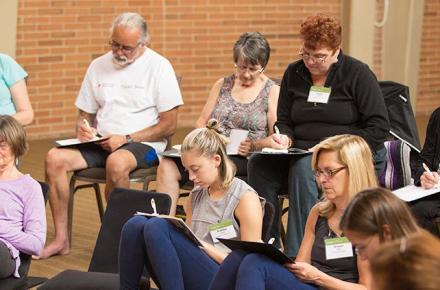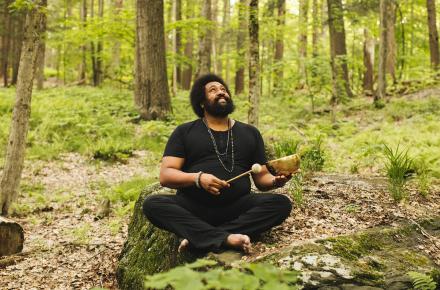Managing Your Inner Critic
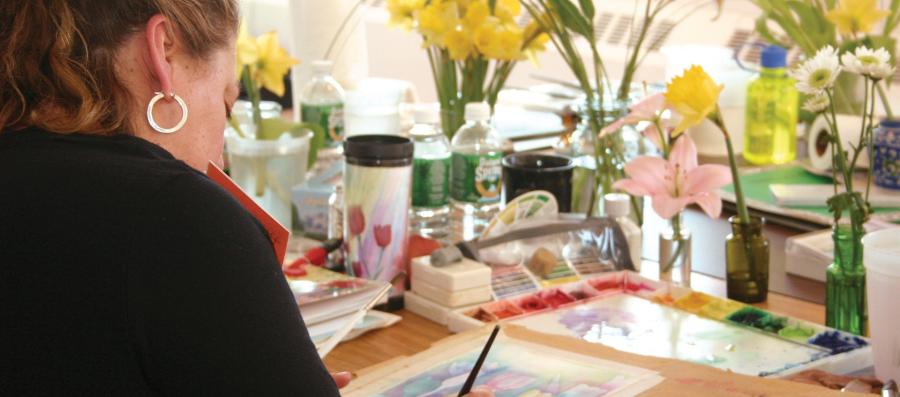
A lot has been written in recent years about the inner critic. This is an aspect of the rational mind that has run amok. It is supposed to help us analyze what we’re doing, not judge things in terms of right, wrong, good, or bad.
A few new phrases can help immensely in transforming our inner critic from harsh judge into the guardian it is intended to be. For instance, instead of saying, “I’m no good at this,” how about: “This is new to me. I can see it will take me a while to feel familiar with it. It’s a little uncomfortable now and then, but that’s OK. It passes. Mostly I’m really enjoying myself.” Instead of saying, “I can’t do it,” how about: “I’m having some difficulty here; it will take more time than I thought. That’s OK. This is really important to me, and I know that my skill and ease will grow as I continue to paint.” Instead of saying, “This painting is no good,” how about: “It doesn’t look like what I’m seeing and I want it to. What is it that’s different? How might I change it?” Instead of saying, “I’ve ruined it,” how about: “Hmm. What’s happening here? It’s different from what I intended, but let’s keep going and see what happens.”
Can you hear the difference? Can you hear how the judgmental words discourage the creative spirit, don’t let the work live, and shut down the process? Can you hear how the descriptive, analytical words keep our hearts open so the creative spirit keeps flowing and the process continues?
When the inner critic says something isn’t any good, it’s really trying to protect the artist within, to protect your heart from humiliation; if you already believe something isn’t any good, nobody else can tell you what you don’t already know.
Another thing. If you are new to something, say watercolor painting, and your inner critic judges your early efforts as “no good,” what does it mean, anyway? Ask it. Chances are, the answer you will get is that your work doesn’t look like anything it’s seen before, or like the work of someone who has been painting for a long time and is very familiar with the materials and processes. Well, of course it doesn’t. It’s new, and it’s yours. You’re new. You rational mind needs to learn to trust your process. It’s coming from a sacred place. Skill and ease come from time and experience. Mastery comes from familiarity. No effort you make is ever wasted. You are always learning, and everything you do counts.
Perhaps your inner critic tells you something doesn’t look finished. Well, how can it if you are in the middle of a process? Again, your rational mind is trying to protect you from possible humiliation; it wants your work to look finished all the time just in case anyone comes by and sees it.
We can begin to change things by revaluing our intuitive selves, giving voice to our creative spirit and creating an atmosphere of mutual respect between our rational and intuitive minds.
So, whenever you become aware of your inner critic pouncing all over you, reassure it that you are doing fine. You need to explore, and you are learning from everything that happens.
Find out about upcoming programs with Ann K. Lindsay at Kripalu.
Excerpted with permission from Watercolor: A New Beginning: A Holistic Approach to Painting, by Ann K. Lindsay.









